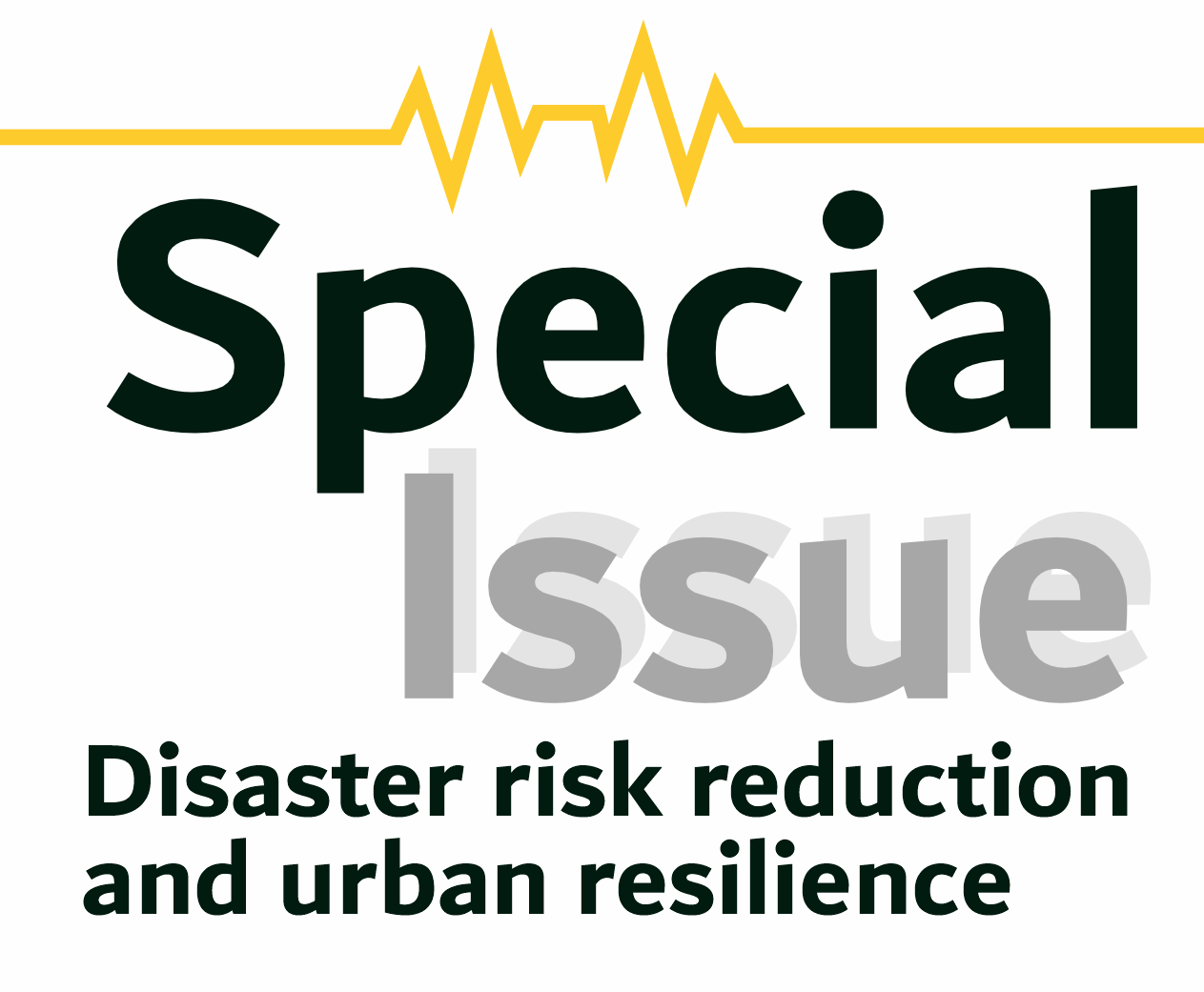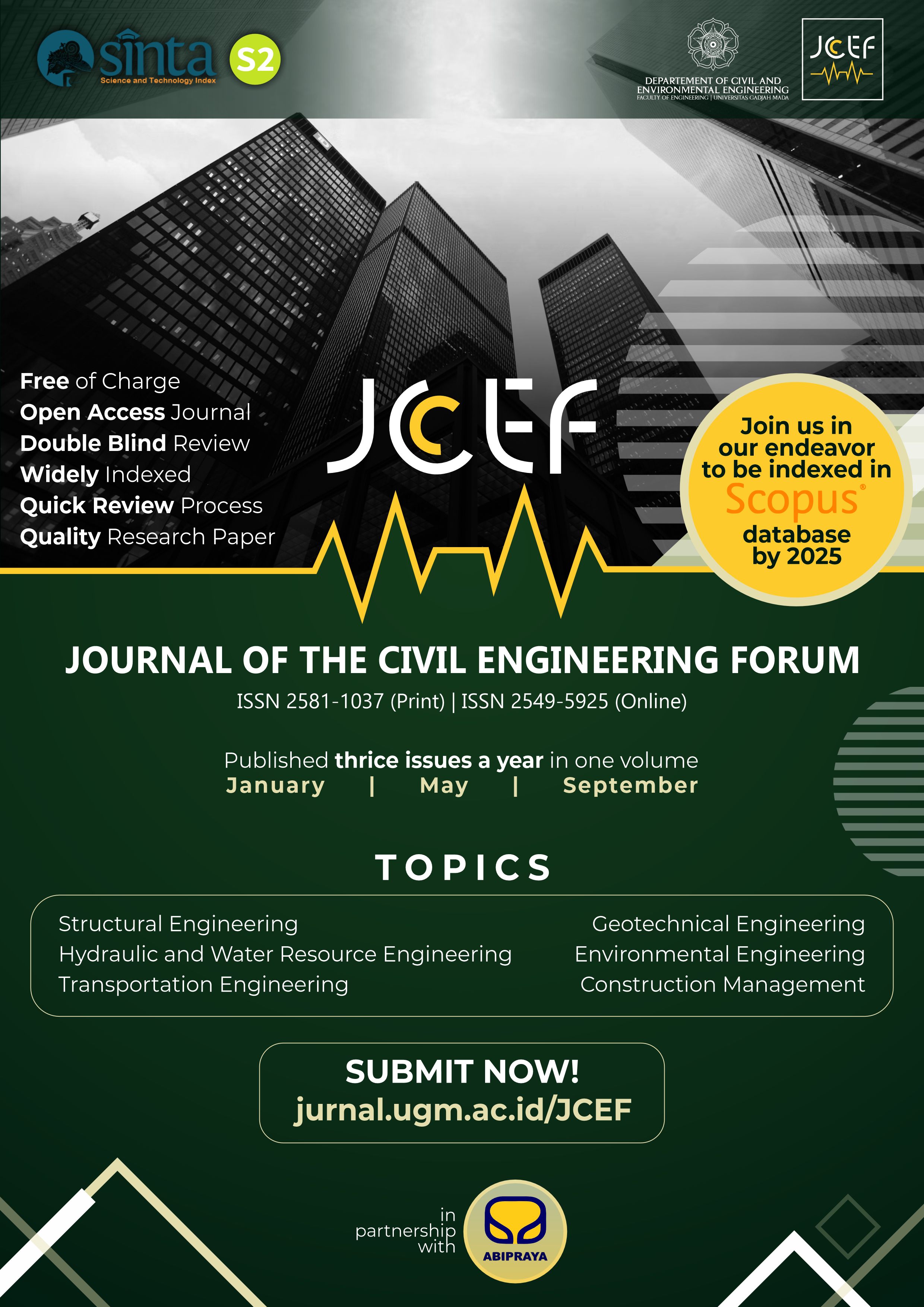Tsunami Early Warning System Based on Maritime Wireless Communication
Abstract
Tsunami buoy, linked to satellite, is commonly used as a tsunami early warning system but has been discovered to have several drawbacks such as the need for approximately 5 minutes to issue an early warning for a tsunami after detecting the initial wave as well as its fragility. It was also reported that the twenty-two buoys placed in the Indonesian seas from 2012 to 2018 were damaged and missing. Therefore, this study proposes a new method for tsunami early warning by integrating ship-to-ship maritime wireless communication. It is important to note that vessels or fishing boats with over 30 GT have the ability to travel more than 100 nmi (approximately 180 km) from the shoreline and can be equipped with point-to-multipoint VHF radio communication. Meanwhile, smaller boats on the fishing ground located approximately 2-5 km from the shore can use a WiFi network to communicate like a wireless mesh while the existing terrestrial network can be used for the ship-to-shore communication between boats and land stations. This system is expected to provide significant benefits for a fishing town such as Pangandaran, West Java, Indonesia which is directly facing Java Megathrust in the Indian Ocean. Therefore, a tsunami numerical simulation was conducted in this study using Shallow Water Equation which involved a hypothetical tsunami simulated from the possible fault source which is approximately 250 km from the source. Moreover, the vessel’s location was assumed to be in line with the fishing ground while the arrival time of the tsunami was estimated from the model to be 22.5 minutes and compared to the relay time of the proposed system which was approximately 5.4 seconds. This is faster in terms of delay than the existing system which relays information through satellite at approximately 5 minutes in an ideal condition and also has the ability to reduce the need for tsunami buoys.
References
Adityawan, M. B. and Tanaka, H. (2012), ‘Bed stress assessment under solitary wave run-up’, Earth, planets and space 64(10), 945–954.
Andrade, C., Borges, P. and Freitas, M. (2006), ‘Historical tsunami in the azores archipelago (portugal)’, Journal of volcanology and geothermal research 156(1-2), 172–185.
Emile A. Okal (2006), ‘Tsunamis: Bridging science and society’.
Fathiyah Wardah (2018), ‘Tak berfungsinya alat deteksi tsunami di indonesia jadi sorotan’.
Hanifa, N. R., Meilano, I., Sagiya, T., Kimata, F. and Abidin, H. Z. (2009), Numerical modeling of the 2006 java tsunami earthquake, in ‘Advances in Geosciences: Volume 13: Solid Earth (SE)’, World Scientific, pp. 231–248.
Haug, E. G. (2019), ‘High-speed trading (hst): The trans-atlantic submarine bridge’, Wilmott 2019(102), 12–17.
Jiang, S. (2019), ‘Marine internet for internetworking in oceans: A tutorial’, Future Internet 11(7), 146.
Jin, D. and Lin, J. (2011), ‘Managing tsunamis through early warning systems: A multidisciplinary approach’, Ocean & Coastal Management 54(2), 189–199.
Kongko, W. and Schlurmann, T. (2010), The java tsunami model: using highly-resolved data to model the past event and to estimate the future hazard, in ‘Proceedings of the Coastal Engineering Conference (2010)’, Reston: American Society of Civil Engineers.
Lavigne, F., Gomez, C., Giffo, M., Wassmer, P., Hoebreck, C., Mardiatno, D., Prioyono, J. and Paris, R. (2007), ‘Field observations of the 17 july 2006 tsunami in java’, Natural Hazards and Earth System Sciences 7(1), 177–183.
Mehraban, M. and Ghahyazi, M. E. (2012), ‘Measuring of one-way delay in wireless mesh networks’.
Mitayani, A., Nurkahfi, G. N., Dinata, M. M. M., Mardiana, V. A., Armi, N., Wael, C. B. A. and Satyawan, A. S. (2020), Path loss model of the maritime wireless communication in the seas of indonesia, in ‘2020 International Conference on Radar, Antenna, Microwave, Electronics, and Telecommunications (ICRAMET)’, IEEE, pp. 97–101.
Mitayani, A., Nurkahfi, G. N., Dinata, M. M. M., Mardiana, V. A., Wael, C. B. A. and Armi, N. (2019), Performance analysis of channel effect on nc-ofdm maritime communication system in indonesia seas, in ‘2019 International Conference on Radar, Antenna, Microwave, Electronics, and Telecommunications (ICRAMET)’, IEEE, pp. 135–138.
Rikarda, R. D. E., Wiyono, R. U. A., Halik, G., Hidayah, E. and Pratama, M. B. (2020), Tsunami simulation in puger beach considering the combination of earthquake source in south java, in ‘AIP Conference Proceedings’, Vol. 2278, AIP Publishing LLC, p. 020037.
Subardjo, P., Saputro, S. and Aeda, S. A. (n.d.), ‘Simulation of tsunami wave propagation and runup at pangandaran bay, west java’, International Journal of Marine and Aquatic Resource Conservation and Co-existence 2(1), 31–37.
Sutrisno Eri (2021), ‘Buoy, pendeteksi tsunami super cepat buatan indonesia’.
Synolakis, C. E. (1987), ‘The runup of solitary waves’, Journal of Fluid Mechanics 185, 523–545.
Ta, T., Tran, T., Do, D. D., Nguyen, H., Vu, Y. and Tran, N. (2011), Gps-based wireless ad hoc network for marine monitoring, search and rescue (msnr), in ‘2011 Second International Conference on Intelligent Systems, Modelling and Simulation’, IEEE, pp. 350–354.
Yakti, B. P., Adityawan, M. B., Farid, M., Suryadi, Y., Nugroho, J. and Hadihardaja, I. K. (2018), 2d modeling of flood propagation due to the failure of way ela natural dam, in ‘MATEC Web of Conferences’, Vol. 147, EDP Sciences, p. 03009.
Yau, K.-L. A., Syed, A. R., Hashim, W., Qadir, J., Wu, C. and Hassan, N. (2019), ‘Maritime networking: Bringing internet to the sea’, IEEE Access 7, 48236–48255.
Copyright (c) 2022 The Author(s)

This work is licensed under a Creative Commons Attribution-ShareAlike 4.0 International License.
Copyright is granted to authors for the purpose of providing protection for articles written to describe experiments and their results. JCEF will protect and defend the work and reputation of the author and are also willing to address any allegations of violation, plagiarism, fraud, etc. against articles written and published by JCEF. JCEF is published under the terms of the Creative Commons Attribution-ShareAlike 4.0 International License (CC BY-SA 4.0). The author holds the copyright and assigns the journal rights to the first publication (online and print) of the work simultaneously.





